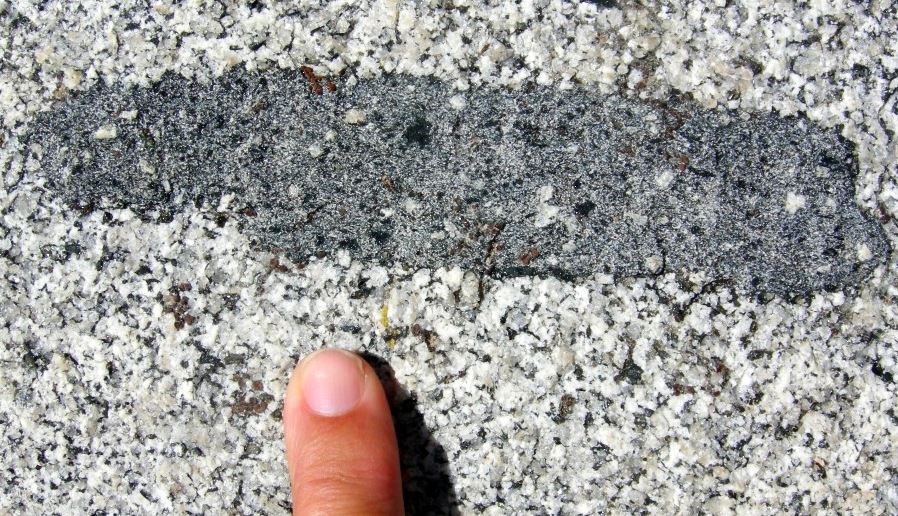-
 MEO orbit
MEO orbit
-
 Pink moon
Pink moon
-
 Lustre
Lustre
-
 Flood plain
Flood plain
-
 Baikonur
Baikonur
-
 DVI
DVI
-
 Angiography
Angiography
-
 Affinity
Affinity
-
 Vertebrate
Vertebrate
-
 Blogroll
Blogroll
-
 Gunning
Gunning
-
 Extinction
Extinction
-
 Multi-processor
Multi-processor
-
 Sweat gland
Sweat gland
-
 Sexual dimorphism
Sexual dimorphism
-
 Tadpole
Tadpole
-
 CEV
CEV
-
 Ikeya-Seki comet
Ikeya-Seki comet
-
 Rostrum
Rostrum
-
 Wavelength
Wavelength
-
 Arena
Arena
-
 Markings
Markings
-
 Asparagus
Asparagus
-
 Papillary angioma
Papillary angioma
-
 Xylitol
Xylitol
-
 Polluter pays principle
Polluter pays principle
-
 Pheromone
Pheromone
-
 Sorosilicates
Sorosilicates
-
 Dynamic super-resolution microscope
Dynamic super-resolution microscope
-
 Atherogenic
Atherogenic
Igneous rock
Igneous rocks, which make up most of the continental and oceanic rocks, are formed when magma cools and solidifies, resulting in two possibilities: plutonic rocks and volcanic rocks.
Plutonic rocks
When the process occurs in the depths of the Earth, we refer to plutonic rocks, also called "intrusive rocks". When it occurs at the surface of the planet, we speak of volcanic rocks, also called "extrusive rocks" or "effusive rocks".
Igneous rocks
The commonest igneous rocks are granite (plutonic rock) and basalt (volcanic rock). The former represents 95 % of plutonic rocks and the latter represents 90 % of volcanic rocks.
 Here we see a piece of gabbro, a plutonic rock, trapped in granite; this is called a xenolite. This rock comes from the east of the Sierra Nevada, Rock Creek Canyon, in California. © wikipedia-Mark A. Wilson
Here we see a piece of gabbro, a plutonic rock, trapped in granite; this is called a xenolite. This rock comes from the east of the Sierra Nevada, Rock Creek Canyon, in California. © wikipedia-Mark A. Wilson
Latest
Fill out my online form.



